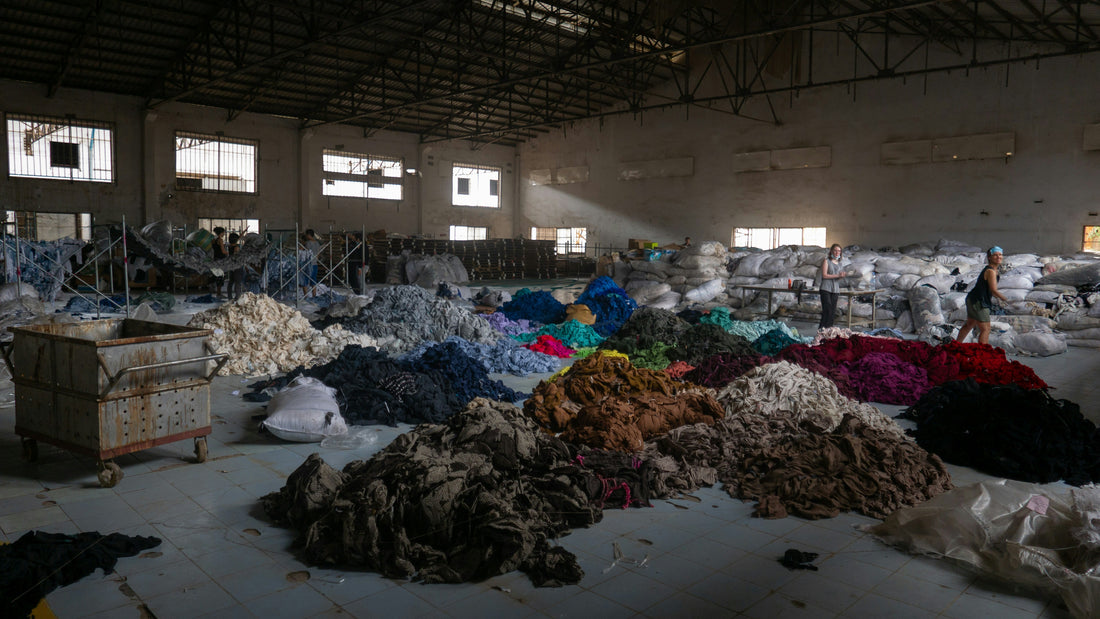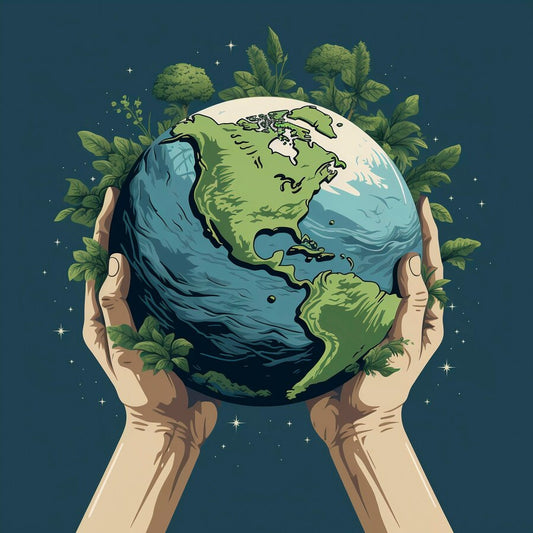“Cotton isn’t bad. Fast fashion consumerism and the large scale farming that this feeds is”.
That was a (great!) comment I got on my article about why Cotton is bad for our planet. And you know what, this person was completely right!
Cotton itself is a naturally occurring plant. It’s not made from fossil fuels. It is not synthetic. It’s been grown by humans for 7000 years. It’s ok!
The issue is scale and speed. Just like our attitudes to say beef or fish, it’s not cotton itself that is to blame, but with how much we humans demand of it. Nature can’t keep up. To cultivate what we need requires unsustainable and unnatural practices.
This is all driven by our culture of consumerism and consumption. A culture that requires everything, now.
Fast Fashion is a manifestation of this. We all know how bad it is. But what can we do about it?

What is Fast Fashion?
There’s no one specific definition, but Fast Fashion is basically cheap clothing that is inspired by societal trends ranging from pop culture to the catwalk and that is produced rapidly in response to them. Brands want to get these items to the market as quickly as possible to catch the zeitgeist of the moment so that shoppers buy them while still popular. Because they are built for the moment they are discarded quickly by consumers. They are cheap because it’s a short term purchase and brands need you to continue to have spare cash to continue to buy the latest thing!
Speed, price and turnover are key. None of these encourage sustainable practices. The garments are made with cheap and often unethical labour, with cheap and unsustainable materials (synthetics, non-organic cotton). They are poor quality (they don’t need to last!) and unrecyclable.
And it’s also culturally corrosive to us. It feeds into an idea that unless we have the latest thing we are somehow not good enough.
So Fast Fashion sucks for the planet, and for us!

How to avoid it?
There are two really simple things we as consumers can do. Firstly, avoid the brands who quite clearly are at the forefront of fast fashion. Here are some really, really obvious one’s:
- BooHoo
- Shein
- Zara
- H&M
- Primark
- PrettyLittleThing
There are many many more. Sustainably Chic has put together a pretty extensive list here and talks for example about ASOS and Amazon, marketplaces that stock a lot of unsustainable brands (and who are not that transparent about it!). The key is to use your common sense - most of us have enough knowledge to know which companies to definitely avoid!
Still not sure?
If you’re not sure, then I like to apply the Cost and Material method (a phrase entirely invented by me!). Firstly, if something is too cheap to be true, I’m immediately suspicious. A T-shirt selling for a tenner? A jumper for 15 quid? A shirt for 25? Alarms are going off in my head. Anything that costs this little is unlikely to be sustainable.
Then you just need to look at what it’s made of. These are the materials at Stix we think are sustainable. If something is not made of these, we don’t look at them!
- Organic or Recycled Cotton
- Organic Hemp
- Bamboo
- Recycled Plastic (not perfect, but better than Virgin plastic)
- Tencel
- Organic Linen
If you follow that two step process, you can quickly identify what is an unsustainable garment. It’s not perfect - some fashion brands may lie. You to some extent have to rely on companies being transparent about what they are doing (which is not always the case). But hey nothing is perfect - and you are likely to weed out a lot more bad players doing this than not.




